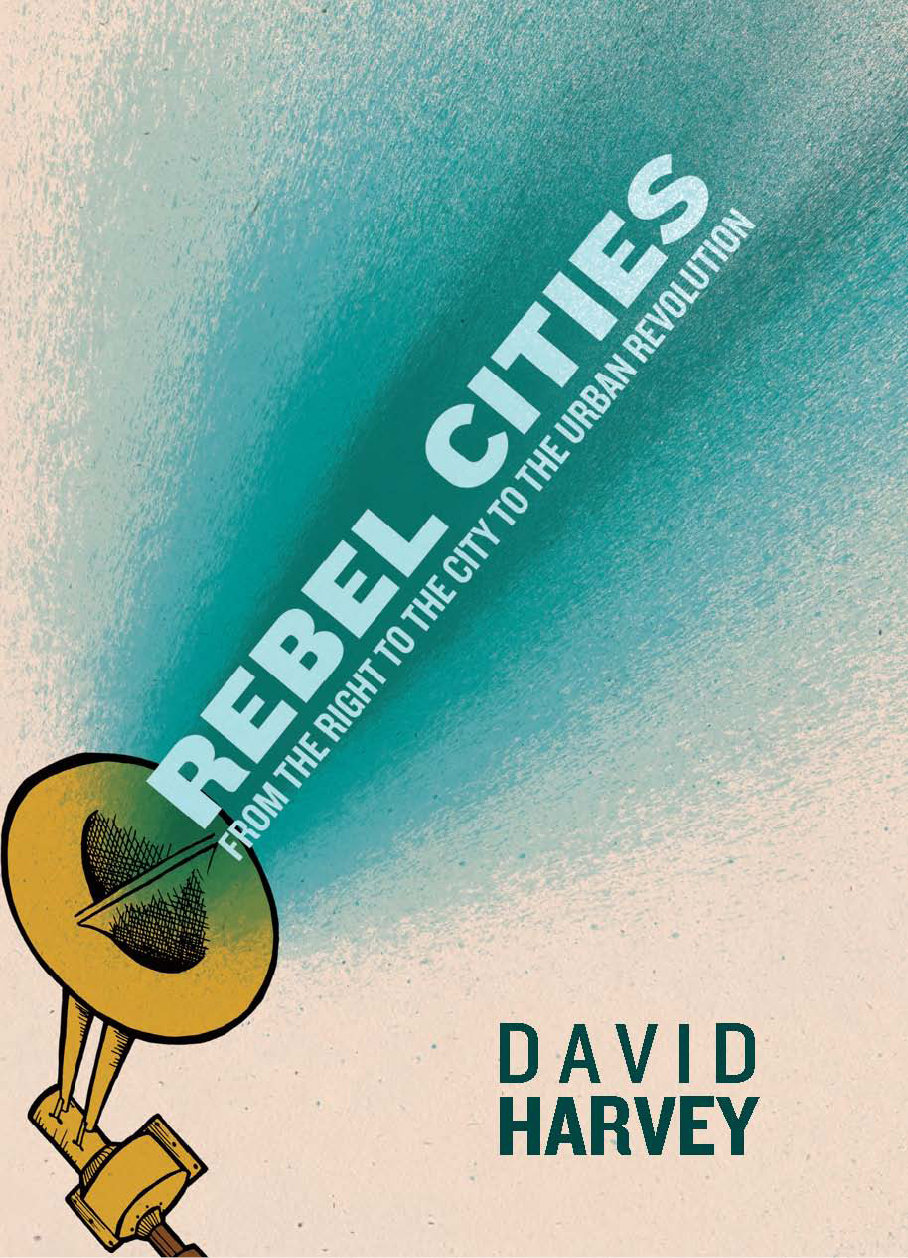Robert H. Kargon, Arthur P. Molella: Invented Edens: Techno-Cities of the Twentieth Century (2008)
Filed under book | Tags: · architecture, city, history of architecture, urbanism, utopia

Industrialization created cities of Dickensian squalor that were crowded, smoky, dirty, and disease-ridden. By the beginning of the twentieth century, urban visionaries were looking for ways to improve living and working conditions in industrial cities. In Invented Edens, Robert Kargon and Arthur Molella trace the arc of one form of urban design, which they term the techno-city: a planned city developed in conjunction with large industrial or technological enterprises, blending the technological and the pastoral, the mill town and the garden city. Techno-cities of the twentieth century range from factory towns in Mussolini’s Italy to the Disney creation of Celebration, Florida. Kargon and Molella show that the techno-city represents an experiment in integrating modern technology into the world of ideal life. Techno-cities mirror society’s understanding of current technologies and, at the same time, seek to regain the lost virtues of the edenic pre-industrial village.
The idea of the techno-city transcended ideologies, crossed national borders, and spanned the entire twentieth century. Kargon and Molella map the concept through a series of exemplars. These include Norris, Tennessee, home to the Tennessee Valley Authority; Torviscosa, Italy, built by Italy’s Fascist government to accommodate synthetic textile manufacturing (and featured in an early short by Michelangelo Antonioni); Ciudad Guayana, Venezuela, planned by a team from MIT and Harvard; and, finally, Disney’s Celebration—perhaps the ultimate techno-city, a fantasy city reflecting an era in which virtual experiences are rapidly replacing actual ones.
Publisher MIT Press, 2008
Lemelson Center Studies in Invention and Innovation series
ISBN 0262113201, 9780262113205
208 pages
David Harvey: Rebel Cities: From the Right to the City to the Urban Revolution (2012–) [EN, ES]
Filed under book | Tags: · activism, capitalism, city, commons, culture, economy, labour, neoliberalism, occupy movement, politics, production, resistance, revolution, social movements, theory of value

“Long before the Occupy movement, modern cities had already become the central sites of revolutionary politics, where the deeper currents of social and political change rise to the surface. Consequently, cities have been the subject of much utopian thinking. But at the same time they are also the centers of capital accumulation and the frontline for struggles over who controls access to urban resources and who dictates the quality and organization of daily life. Is it the financiers and developers, or the people?
Rebel Cities places the city at the heart of both capital and class struggles, looking at locations ranging from Johannesburg to Mumbai, and from New York City to São Paulo. Drawing on the Paris Commune as well as Occupy Wall Street and the London Riots, Harvey asks how cities might be reorganized in more socially just and ecologically sane ways—and how they can become the focus for anti-capitalist resistance.”
Publisher Verso Books, London, 2012
ISBN 1844679047, 9781844679041
216 pages
Reviews: Owen Hatherley (The Guardian, 2012), Ruth Lorimer (Socialist Review, 2012), Lewis Beardmore (Open Democracy, 2012), Justin McGuirk (Art Review, 2012), more.
Rebel Cities (English, updated on 2020-11-28)
Ciudades rebeldes (Spanish, trans. Juanmari Madariaga, 2013, added on 2020-11-28)
Christian Ulrik Andersen, Geoff Cox, Jacob Lund (eds.): Nyhedsavisen: Public Interfaces, No. 1 (2011)
Filed under newspaper | Tags: · architecture, art, city, interface, public space, software, urbanism

Nyhedsavisen: Public Interfaces is a fake newspaper presenting cutting edge research in an accessible free tabloid format. The newspaper is a 100% genuine copy of the famous Danish newspaper Jyllands-Posten.
The increasing demand for publication of academic peer-reviewed journal articles must be met. Unfortunate examples demonstrate that this may lead to plagiarism. This is not a viable solution. Research must be original and academia is not lacking original content. But perhaps researchers need new visions of how to produce research? Perhaps the readers need new ways of consuming research? Why not imagine academic research as something that can be consumed on a daily basis, in the train or at the breakfast table?
On April 1, at 1 pm, Nyhedsavisen: Public Interfaces was handed out to the public at the metro station ‘DR Byen/Universitetet’ in Copenhagen as well as at the central railway station in Aarhus and the State Library. Also, issues were tactically placed in selected free newspaper stands and at University lunchrooms worldwide.
Emerging from the Digital Aesthetics Research Center and the Center for Digital Urban Living (Aarhus University), the aim of Nyhedsavisen: Public Interfaces is to encompass the changing concept of the ’public’. This is the result of an ongoing research in the computer interface.
The starting point for the newspaper is that the computer interface is a cultural paradigm affecting not only our creative production and presentation of the world but also our perception of the world. Its authors recognize that in the past decade, interfaces have been expanding from the graphical user interface of the computer to meet the needs of different new technologies, uses, cultures and contexts: they are more mobile, networked, ubiquitous, and embedded in the environment and architecture, part of regeneration agendas and new aesthetic and cultural practices, etc. Nyhedsavisen: Public Interfaces investigates these new interfaces that affect relations between public and private realms, and generate new forms urban spaces and activities, new forms of exchange and new forms of creative production.
The newspaper is organised into thematic strands (urban, art, capital) and brings together researchers from diverse fields – across aesthetics, cultural theory, architecture, digital design and urban studies – united by the need to understand public interfaces and the paradigmatic changes they pose to these fields.
All articles derive from an initial conference and PhD workshop held in January 2011, at Aarhus University.
Publisher Digital Aesthetics Research Center & Center for Digital Urban Living, Aarhus University, Aarhus, March 2011
ISBN 87-91810-18-3
Creative Commons Attribution-NonCommercial-ShareAlike License
24 pages
PDF
View online (HTML articles)

